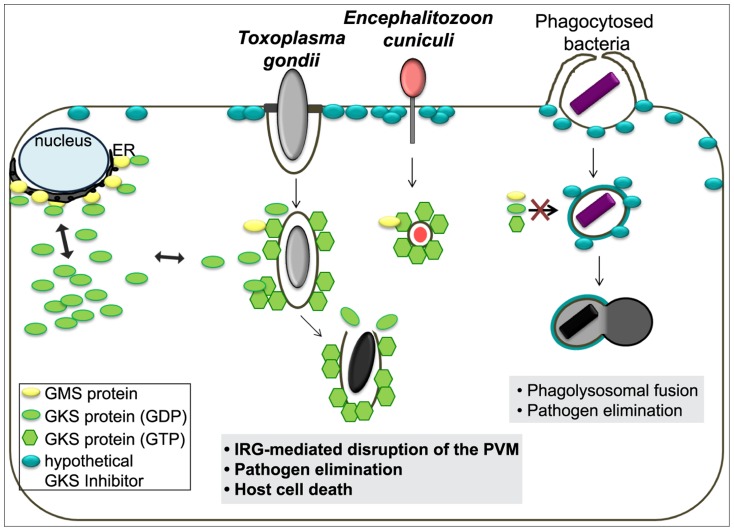Figure 8. Scheme of the IRG resistance system and its target organisms.
In IFNγ-stimulated mouse cells, GMS proteins localise mainly to endomembranes such as the ER and keep membrane-bound or cytosolic GKS proteins in a GDP-bound inactive state. Our current view is that the plasma membrane is protected by a hypothetical unknown factor that inhibits GKS protein-mediated damage. During host cell infection by T. gondii or E. cuniculi, invagination of the plasma membrane creates a parasitophorous vacuole that excludes the hypothetical factor and also does not carry GMS proteins. This “missing-self” allows GKS proteins to activate and accumulate on the PVM leading to the PV disruption, pathogen elimination and ultimately host cell death. However, bacteria entering via phagocytic mechanisms do not actively exclude the hypothetical factor and are therefore targeted for endolysosomal degradation.

